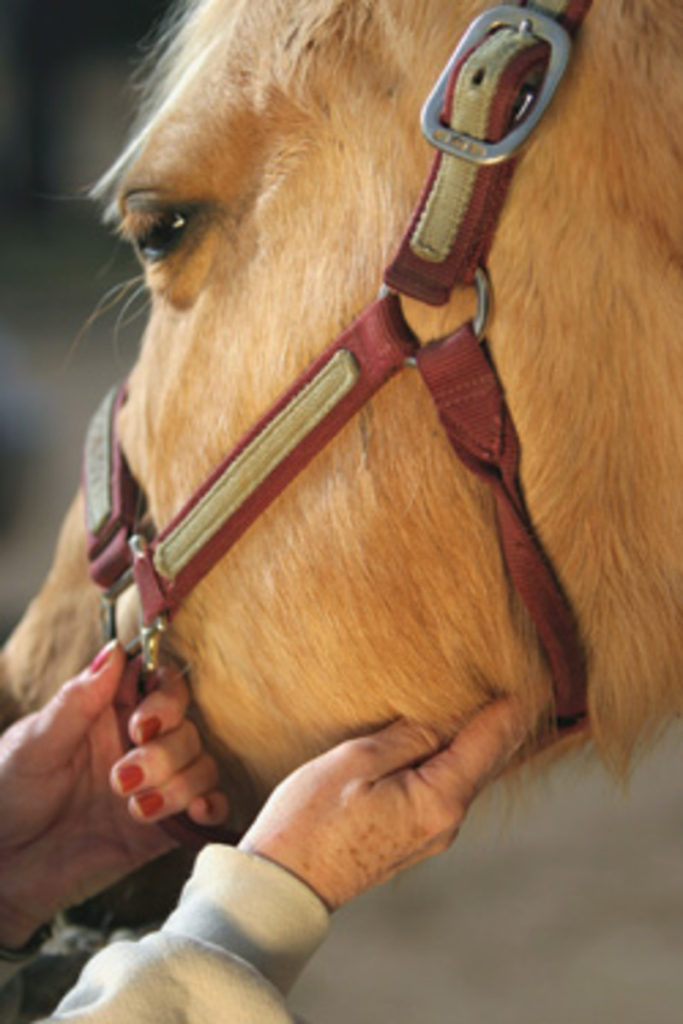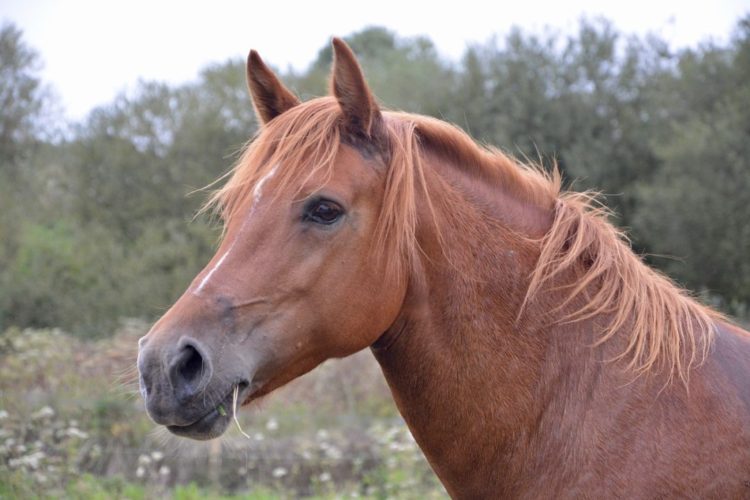Horse owners should check their horses’ health regularly. SA Smallholder has compiled a checklist for easy use.
In most cases, animal owners perform wellness checks without even realizing ~ the act of watching your animals, noticing their movements, how they eat etc is in itself a wellness check. However, you should also routinely inspect your horses up close for any issues.
A basic health check can be broken down into those aspects that should be monitored daily, and those done less regularly.
Horse Health Checklist
- Food consumption:
- Check any changes in how much food your animal eats at each meal.
- Check also how quickly they eat ~ a normally greedy eater suddenly slowing down might be cause for concern.
- Notice how your horse is chewing. Excess salivation or dropping of food could indicate something wrong with the tongue, teeth or throat.
- Water consumption:
- An average horse will drink between 15-30 litres a day, depending on the weather and temperature, activity level, and what the horse’s main diet consists of.
- Monitoring water intake also means you should keep an eye on the urine: it should be a thick stream, light brown or almost clear in colour and should be passed several times a day.
- If your horse appears to strain during urination, or the fluid contains blood or is coffee-coloured, call your vet.
- Manure:
- If your horse is out in a pasture during the day this becomes more difficult to monitor.
- A horse should produce around eight piles of well-formed, firm manure (depending on the size of the horse) a day.
- It should not smell offensive.
- Runny manure or a horse straining to defecate is a sign of a problem.
- Visual check:
- Check for lumps, bruises, scrapes, punctures or cuts.
- Check for runny nose or discharge from the eyes.
- Look at your horse head-on to check for symmetry, any lumps or swellings will show up this way.
- Check for pests ~ flies (particularly around the eyes), bot eggs (little yellow specks attached to the fur), ticks in the ears and under the tail.
- Standing and gait:
- Your horse should be standing evenly on all four hooves (although sometimes they might rest a hind leg).
- Check hooves for cracks, infection (usually producing a smell or secretion), and loose shoes.
- Check that it takes strides of equal length with the weight evenly distributed.
- Breathing and pulse:
- Watch the expansion of the animal’s sides to check its breathing.
- It should be rhythmic and even at around eight to 14 inhalations per minute.
- An increase in breathing can indicate stress or illness.
- Check its pulse by placing two fingers on the facial artery where it runs over the edge of the jaw bone. You can also use the vein next to its eye or on its leg, just slightly above its hoof.
- Count the beats in 15 seconds and multiply by four to give you a per minute heart rate. Normal ranges between 35-42 beats per minute, but will differ from horse to horse.
- Workout a baseline for your horse of both breathing rate and pulse rate that you can then use as ‘normal’ so that you can be aware of changes.
- Skin and dehydration:
- Pinch or create a ‘tent’ with a small section of skin on the neck or shoulder.
- In a normal animal the skin will immediately return to normal (flat against the flesh).
- Dehydration can cause the skin to return to normal (flat) very slowly.
- The skin should move easily over the bones of your horse.
You can download this checklist to print or save for future use here.

Signs Of A Horse In Pain
Pain in animals can sometimes be very difficult to identify. We have to rely on their behaviour to show us where and how bad the pain is. Some signs of a horse in pain:
- Reluctance to eat;
- Standing apart from its mates;
- Groaning or grunting;
- Kicking at the affected part (in horses, this can be kicking at the belly when the horse is suffering from colic);
- Kicking at the handler when a body part is touched;
- Reluctance to move;
- Change in personality (irritable, agitated);
- Tightness of muscle (area will feel hard and tight);
- Limping or uneven stride;
- Head pressing (pushing head against a pole or building);
- Increased heart rate and breathing;
- Sweating;
- Looking around at flank;
- Teeth grinding;
- Rigid posture;
- Head held low.
Colic
A common illness in horses. Watch out for your horse kicking at its belly. The normal sounds a stomach makes (gurgling, rumbling) will be gone in a horse with colic.
This is part of a series on Equines. For more, click here.
To Subscribe to receive more content like this straight to your email inbox or WhatsApp, click here.

